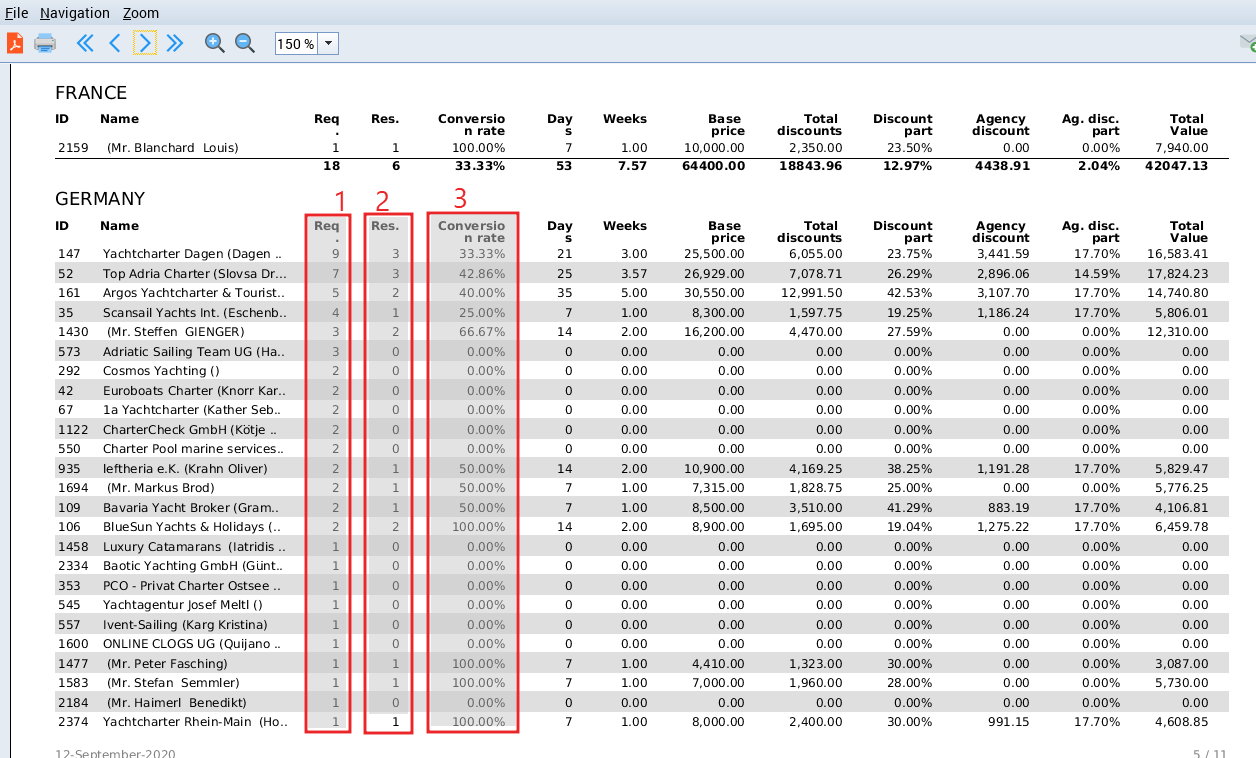

These numbers – or rather the differences between them – end up having important consequences. Interestingly, for DVD Audio and other video applications, a slightly different sample rate of 48kHz was adopted. For those reasons, the standard sample rate which has been chosen for CD audio, and widely adopted for digital audio in general, is 44.1kHz. Based on those two things, we can derive a commonly-quoted requirement that in order to achieve high quality, digital audio must therefore have a sample rate of at least 40kHz. Also, it is one of the simpler tenets of audio that human hearing is restricted to the frequency range below 20kHz. If any such frequencies are present in the signal, they must be filtered out very strictly before being sampled. This states that the signal being sampled must contain no frequencies above one half of the sample rate. Most particularly we must observe the Shannon-Nyquist criterion. The chosen sample rate imposes some very specific restrictions on the waveforms that we can encode in this manner. Provided we know exactly what the sample rate is, we can relatively easily reconstruct the original waveform using those stored numbers. The “Sample Rate” is the rate at which we sample (or measure) the waveform.

This is how all digital audio is managed for consumer markets. Suppose we measure the waveform using a very specific regular timing pattern determined in advance? If we can do that, then we don’t have to store the timing information because we can simply use a very accurate clock to regenerate it during playback. That’s a lot of numbers, but we can cut them in half if we can eliminate having to store all the timing numbers. One number is the magnitude of the waveform itself and the other number is the exact point in time at which the number was measured.

Each number represents the magnitude of the waveform at a particular instant in time, so in principle, each time we measure (or ‘sample’) the waveform we need to store two numbers. So here is a quick primer on the technical issues that underpin SRC.įirst of all, what, exactly is Sample Rate Conversion? Well, digital audio works by encoding a waveform using a set of numbers. Question: How does sample rate conversion work? I get asked this often, and the answer, like all things pertaining to digital audio, is both simple and complicated depending on how deeply you want to look into it.


 0 kommentar(er)
0 kommentar(er)
